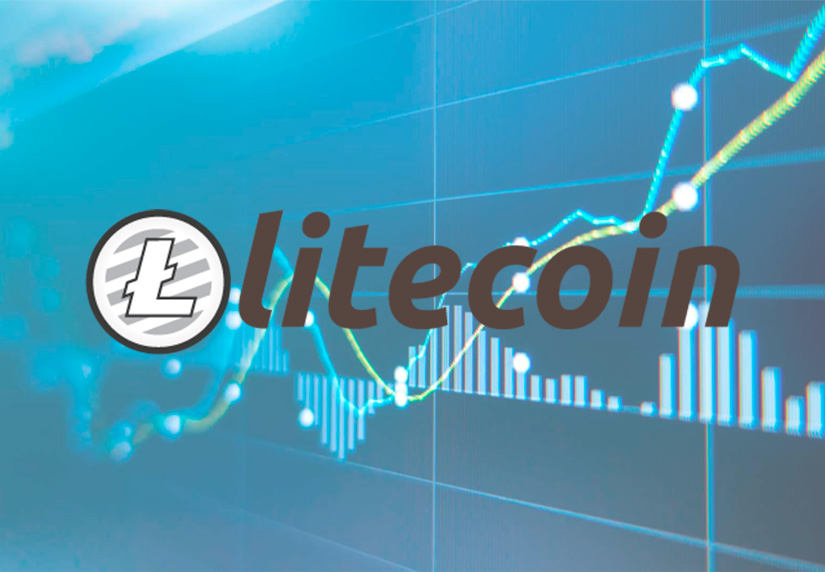The Litecoin network has experienced a significant upswing in activity, setting a new record for active addresses. This surge comes only four months following its latest halving event. The impressive growth is linked to a variety of elements, notably the implementation of the LTC-20 token standard and a substantial rise in the balances of wallets.
Litecoin has seen a remarkable increase in activity, with the count of active addresses recently exceeding 1.4 million. This achievement follows closely on the heels of a six-month peak in active addresses in mid-November, which totaled 979,550. This swift expansion in active addresses underscores Litecoin’s growing appeal and functionality within the realm of cryptocurrency.
A key factor driving the rise in active Litecoin addresses is the introduction of the LTC-20 token standard. Constructed atop the Litecoin Ordinals Protocols, this standard is a derivative of Bitcoin’s BRC-20 standard.
LTC-20 Tokens and Wallet Balances Fuel Litecoin’s Expansion

This serves as a practical test to show that users can establish off-chain balance states with annotations. The advent of LTC-20 tokens has facilitated the generation of interchangeable tokens on the Litecoin network, thereby broadening its applications and drawing in more users.
Alongside the growth in active addresses, Litecoin wallets holding a balance have also hit unprecedented levels, marking a year-to-date rise of over 40%. This swell in wallet balances signifies escalating curiosity and investment in Litecoin as users opt to possess and deal with the cryptocurrency. The increasing count of wallets holding a balance mirrors faith in Litecoin’s enduring prospects.
Litecoin’s native token, LTC, has reflected the network’s revival by undergoing a significant price surge. It participated in the wider cryptocurrency market upswing, hitting $77 on December 10 before a 7% adjustment to its present value of $73.07, according to data from CoinMarketCap. This ascension is particularly remarkable as it signifies LTC’s initial substantial price escalation since its third halving occurrence in early August.


